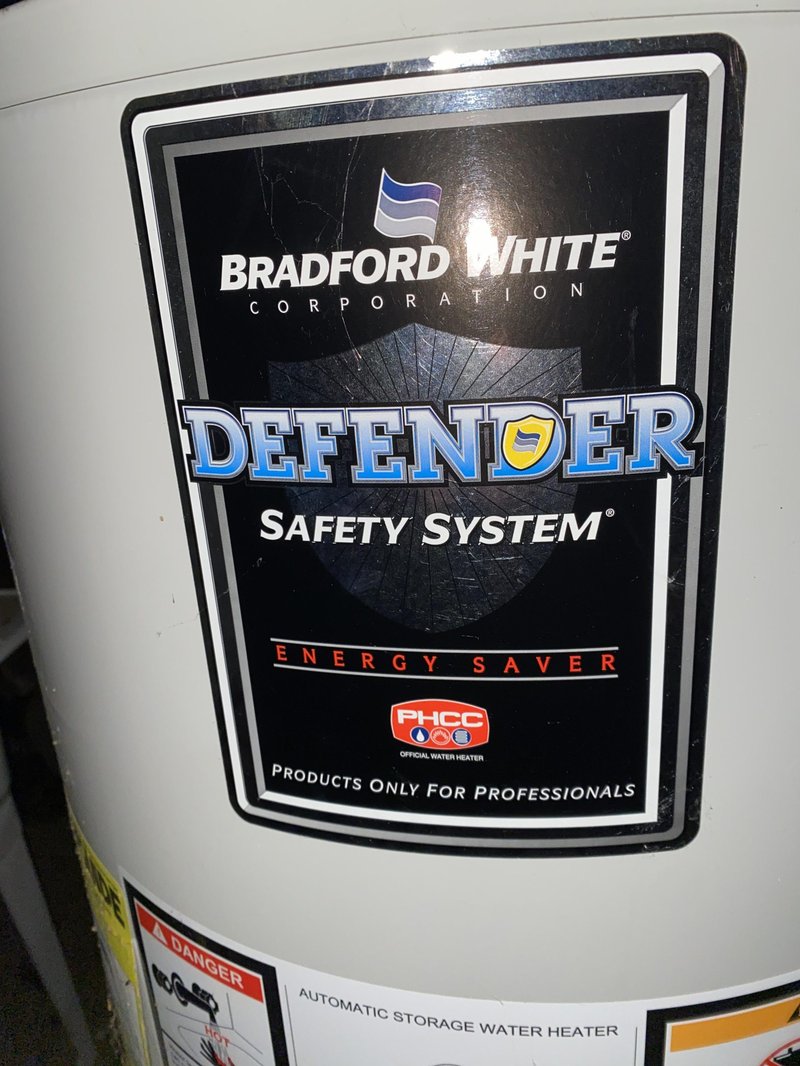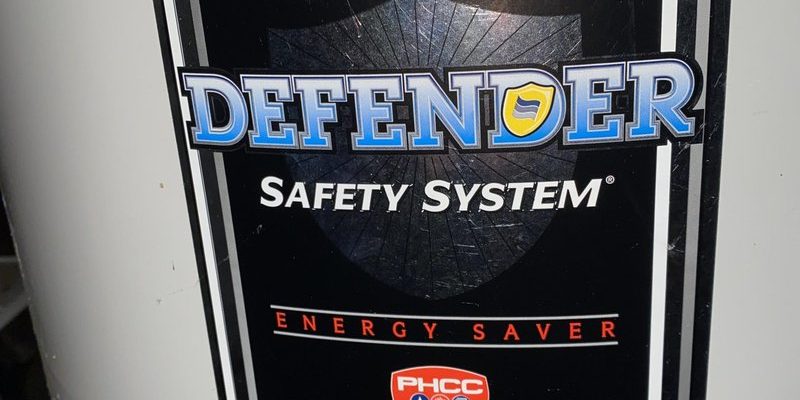
Now, you might be wondering, “What’s the big deal with this ‘LE’ error code?” Simply put, it’s your water heater’s way of telling you that something’s off with the water temperature sensor. Just think of it like your car’s dashboard light alerting you to check the engine—it’s a call for action. But the good news is that figuring it out doesn’t require a degree in engineering. In fact, by understanding what this code means and what you can do, you’re already halfway to fixing it. So let’s dive in!
Understanding the LE Error Code
Let’s break it down: the “LE” error code is a signal from your Bradford White water heater, indicating an issue with the temperature sensor. Imagine the sensor as a thermostat; it monitors the water temperature and ensures it stays within a set range. When this sensor malfunctions, it can’t accurately read the water’s temperature, which throws everything off balance—resulting in either uncomfortably cold or scalding hot water.
Why does this happen? Well, in many cases, the sensor could be worn out or damaged. Picture it like an old pair of sneakers that have seen better days. Over time, they lose their padding and support until they eventually can’t perform as well as they once did. Similarly, a temperature sensor might face wear and tear or could even be mounted improperly, leading to inaccurate readings and that dreaded “LE” code.
Once this error appears, the heater’s system often shuts down temporarily to prevent any further issues, such as overheating. It’s a precautionary measure to guard against more serious problems, much like how your smoke alarm beeps at the slightest hint of smoke—to keep you safe. Fortunately, addressing this error is usually a straightforward process that doesn’t require a professional every time.
Diagnosing the Problem: Step-by-Step
Alright, let’s move on to how you can diagnose the issue. First, always start with safety. Before you do anything, turn off the power supply to your water heater. It’s like when you’re changing a light bulb or checking an electrical outlet—you want to ensure there are no active currents that could cause harm. Once the power is off, you can access the temperature sensor, usually located near the top of the tank.
Check the sensor and its wiring for any visible signs of damage. Does the sensor look cracked or burnt? Are the wires frayed or loose? These are tell-tale signs that you might need a replacement. It’s similar to finding a frayed phone charger; you wouldn’t expect it to charge your phone reliably, right? The same concept applies here. If everything looks intact, the issue might be an internal problem rather than visible wear and tear.
If you’re still unsure, you might want to use a multimeter to test the sensor’s resistance. Don’t worry if you’re new to this; it’s as simple as following a recipe. Set your multimeter to the resistance mode, connect it to the sensor, and read the output. If the readings are outside of the expected range listed in your water heater’s manual, it could be time to replace that sensor. If you get stuck, remember: your water heater’s manual is your best friend in situations like this!
Fixing the Problem and Preventative Measures
So, what’s next if the sensor is indeed faulty? Replacing a temperature sensor isn’t as daunting as it sounds. For most models, it involves unscrewing the old sensor, disconnecting it carefully, and popping in the new one. Think of it like changing the battery in your television remote. Once the new sensor is in place, turn the power back on to the heater and check if the “LE” code has disappeared. Voilà! You should be back in warm water bliss.
To prevent future issues, regular maintenance is key. Check the sensor and wiring every few months to catch potential problems early. It’s akin to giving your car regular oil changes to keep it running smoothly. Additionally, ensuring your water heater is installed properly and not exposed to extreme conditions can prolong its life. Remember, a little bit of care goes a long way!
In the event the issue persists despite these efforts, it might be time to call in a professional technician. While DIY fixes are great, there are times when expert hands make all the difference. So, don’t hesitate to reach out if you need that extra help!
In the end, the “LE” error code on your Bradford White water heater is not as intimidating as it might first appear. By understanding its cause and learning how to address it, you’re well-equipped to handle this hiccup like a pro. Whether you’re doing a bit of DIY detective work or calling in the experts, the key is to act sooner rather than later. With a proactive approach, you’ll keep your water heater humming happily along, ensuring you never miss out on a luxurious, hot shower again.
